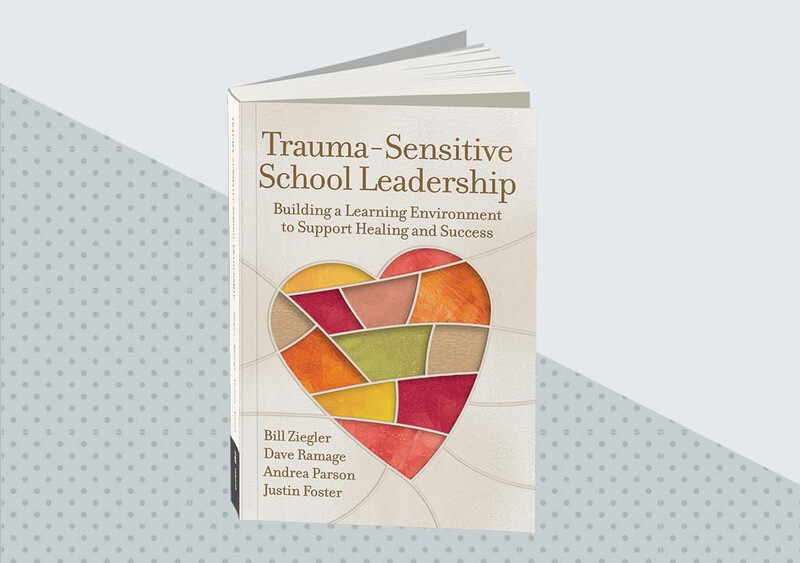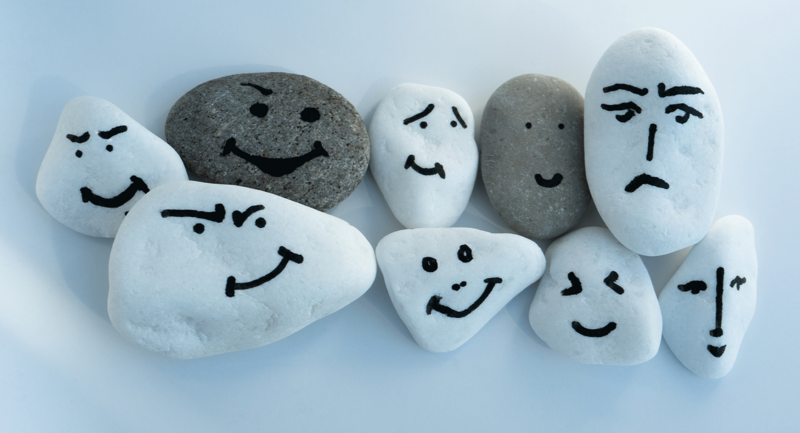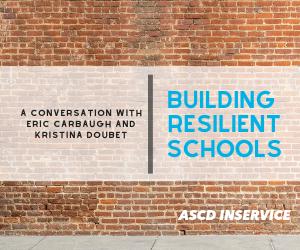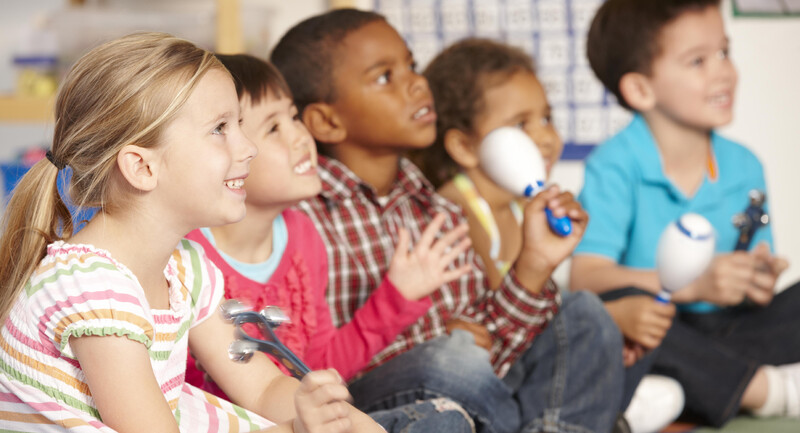Unlike what popular culture might suggest, it’s not always best to bury our emotions and hide our struggles. In fact, vulnerability can be a potent tool for teachers (especially new teachers) and leaders looking to build a supportive school environment of healing and success.
The following adapted excerpt from Trauma-Sensitive School Leadership: Building a Learning Environment to Support Healing and Success (ASCD, 2022, pgs. 80-82) by Bill Ziegler, Dave Ramage, Andrea Parson, and Justin Foster describes how sharing our own failures and mistakes helps students do the same.
The Surprising Power of Vulnerability
Leaders often feel pressure to put on a stoic face and pretend that they are immune to the possibility of making a mistake—especially a big mistake. But anyone who has held a leadership position knows that mistakes come with the territory. In fact, mistakes and failures are foundational to innovation. If it is generally understood that mistakes and failures are part of living and learning as adults, why is it so uncommon for students to see and hear educators talking about their errors and struggles? When adults in a school fail to talk about their mistakes, they are encouraging kids to do the same. Not only is honesty the preferred approach, but it also creates a terrific dynamic to promote learning. For example, a teacher asks for a quick “thumbs-up if you understand” and sees smiles and thumbs across the classroom—but how many of those positive responses are simply kids afraid to admit they are lost or don’t understand (and think that everybody else does)?
Consider how this principle applies to the general social-emotional well-being of your students. As we have previously mentioned, a classroom procedure (fire drill, active-shooter drill), focus of literature discussion (death of a character, tender exchange between parent and child), or something as random as teachers raising their voices at students can produce an emotional response for students who’ve experienced trauma. According to Sacks and Murphey (2018), “Just under half (45 percent) of children in the United States have experienced at least one ACE [adverse childhood experience]." For this reason, it is important to create an environment that supports healing. When you model communicating your vulnerabilities so that students feel emotionally safe enough to share their anxiety, tension, or fears, you create a community of people who care for one another. This kind of learning equips students to thrive in school and in their lives beyond it.
Let’s look at some ways to start this empowering mindset shift among your students.
Be Authentic and Available
How authentic are you with your students? Take a moment to look at the question set below and capture some reflections (for more, see the free "Tools for Guided Reflection" resource that accompanies our book).
We’re sure you feel some level of pressure to conform to an external expectation of what you are “supposed” to be and do based on your official, and unofficial, roles. It’s natural to strive to live up to those role expectations, but doing so to the degree that you completely sublimate your real self serves neither you nor your students. When you mask and hide your feelings, you teach kids that that is how they should deal with mistakes and vulnerability. By contrast, when kids see authentic adults who are open to sharing their own struggles, failures, shortcomings, and blemishes, they understand that these are “real people” who are also working through adversity to find wellness and success. So the next time a student asks, “How are you today?” don’t automatically reply that you are fine. Be honest. If it’s been a tough week, it’s OK to say that. Being authentic isn’t sharing all of your life’s problems; it’s being upfront and letting kids know where you are emotionally at that moment.
Trauma-Sensitive School Leadership: Building a Learning Environment to Support Healing and Success
What do "trauma-sensitive" practices look like on a day-to-day basis?









